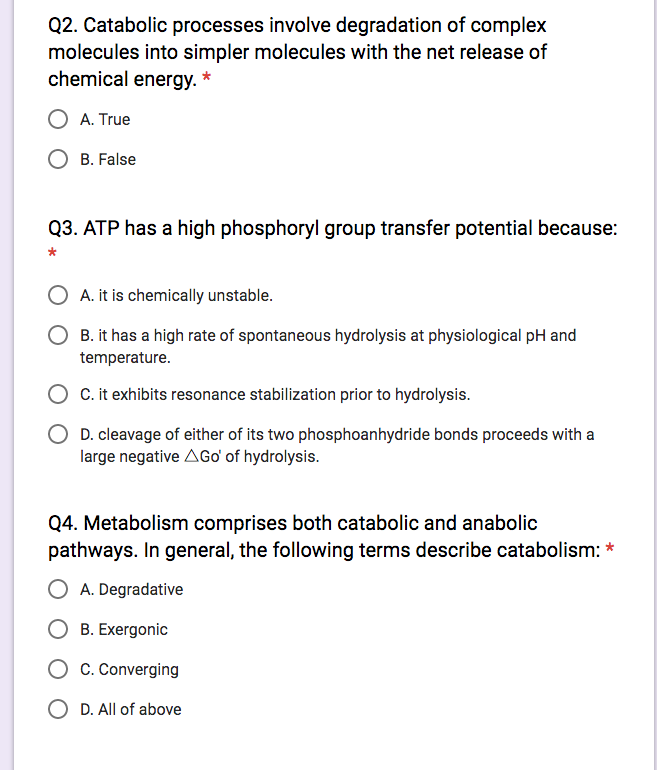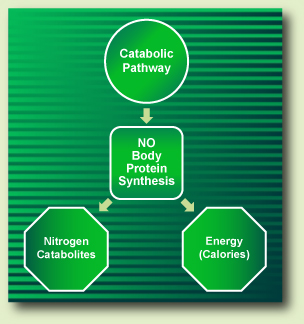

In some cases these mutations may render the resulting protein to be nonfunctional, and are harmful to the function of genes. In this study we tried to explore the genetic mechanism underlying lower EE in Africans, and proposed a framework to explain the racial difference in athletic capability and the prevalence of obesity.ĭuring the transmission of genetic materials from generation to generation, some mutations occur, which in turn change amino acid, so called missense mutations or non-synonymous substitutions. Many factors might be involved in more athletic capability and higher prevalence of obesity in Africans, such as biological, psychological and sociological factors in nature. But there is a fundamental question: why is EE smaller in Africans than in Europeans? Therefore it was hypothesized that differences in energy efficiency may contribute to the higher prevalence of obesity in African descendents than in Europeans. And Pan et al (2009) reported that obesity was more prevalent in African-American than in European-American. Hunter et al (2000) reported that African-descendant women had lower aerobic fitness than European-descendant women, suggesting that lower EE in African-descendent women was mediated by lower volumes of metabolically active mass. And further observations showed that in routine activities, such as sleeping, resting, and free-living, EE was all lower in Africans than in Europeans –. In public health, it was observed that the energy consumption (Energy expenditure, EE) of each standardized activity, such as lying, sitting and standing, was significantly higher in Europeans than in Africans.

Some possible factors, including genetic, physical, and metabolic factors, have been discussed and examined for a long time, but this is still an open question scientifically. For example, track and field sports are dominated by African athletes with the fact that most world records, such as the men's and women's 100-meter dash, 200-meter dash, 400-meter dash, etc. Performance difference due to racial difference can be clearly observed in certain fields.

Therefore, the smaller genetic risk in the catabolic process might be at the core of understanding lower EE, more athletic capability and higher prevalence of obesity in Africans. As a result, Africans might be more vulnerable to obesity compared to the other races when under the same or similar conditions. On the other hand, higher efficiency of generating energy might also result in consuming smaller volumes of body mass. In sport competitions, athletes need massive amounts of energy expenditure in a short period of time, so higher efficiency of energy generation might help make African-descendent athletes more powerful. Results of the genetic risk among human groups showed that most Africans (3 out of 4 groups) had a significantly smaller genetic risk in the catabolic process than Europeans and Asians, which might result in higher efficiency of generating energy among Africans. The genetic risk, including the total number of mutations and the sum of harmful probabilities, was calculated and analyzed for the screened variants at a population level. We screened 231 common variants with possibly harmful impact on 182 genes in the catabolic process. In this study we tried to explore the genetic mechanism underlying lower EE in Africans. But it is still unclear why EE is lower among African populations.
#Catabolic processes free#
Thus, increasing entropy, \(S\), will reduce Gibbs free energy.Lower energy expenditure (EE) for physical activity was observed in Africans than in Europeans, which might contribute to the higher prevalence of obesity and more athletic capability in Africans. At standard temperature and pressure, every system seeks to achieve a minimum of free energy. Where \(H\) is the enthalpy, \(T\) is the temperature in Kelvin, and \(S\) is the entropy.

Mathematically, the Gibbs free energy is given as: Gibbs free energy may be thought of as the energy available to do work in a thermodynamic system at constant temperature and pressure. In order to understand how energy is captured, we must first understand Gibbs free energy and in doing so, we begin to see the role of energy in determining the directions chemical reactions take. \): MitochondrionĪTP is generally considered the “storage battery” of cells (See also ‘Molecular Battery Backups for Muscles HERE).


 0 kommentar(er)
0 kommentar(er)
